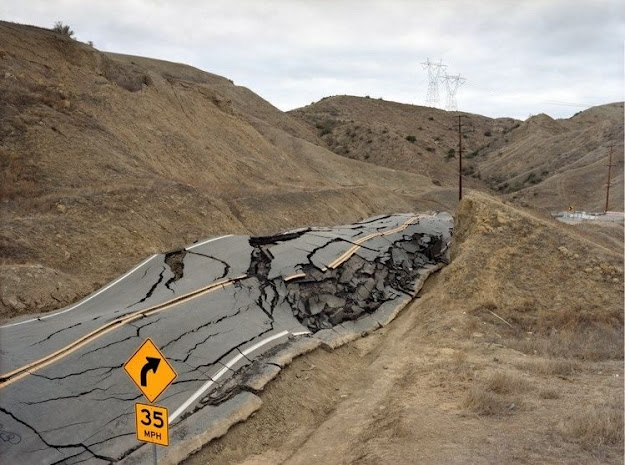-
ICMag with help from Landrace Warden and The Vault is running a NEW contest in November! You can check it here. Prizes are seeds & forum premium access. Come join in!
You are using an out of date browser. It may not display this or other websites correctly.
You should upgrade or use an alternative browser.
You should upgrade or use an alternative browser.
The Super Duper Beautiful or Trippy Photo Thread!
- Thread starter Jellyfish
- Start date

RMS

all these "extreme sports" folks talking shit, lol. i want to see someone fly their wingsuit off top of Everest or K-2... given their claimed 3-1 glide ratio, how far could you go if you don't eat a rock or something ? my (rough as hell) calculations say damn near 50 miles. will food or drinks be served? lol...

RMS

You don’t look a day over 4.5 billion-years.
nasa
#HappyNewYear from the star of the show that makes all this possible, as we begin a new orbit around our Sun, 93 million miles (150 million km) from Earth. Cosmically middle-aged and classified as a yellow dwarf, the Sun's dynamic and ever-changing nature constantly sends energy into the solar system. Scientists can estimate the age of the Sun by looking at the most ancient things in our solar system, which along with the Sun, all formed around the same time.
The Sun is at the center of our solar system, 865,000 miles wide (1.4 million km) with a core that reaches temperatures of 27 million degrees Fahrenheit (15 million degrees Celsius). Our Sun’s gravity holds our solar system together, from the largest planets to the smallest space debris.
A fleet of spacecraft monitors the Sun 24/7, broadening our knowledge of the star in a branch of science known as heliophysics – including the spacecraft that took this image: the Solar Dynamic Observatory (SDO).
The SDO orbits Earth in a geosynchronous pattern – it maintains a figure-eight path over the longitude of New Mexico. Because of its orbit, it is constantly in view of radio antennas on Earth; it also enters an eclipse season twice a year when the spacecraft slips behind Earth for up to 72 minutes a day, obscuring the Sun with Earth’s shadow as seen here.
Image description: Black space surrounds the Sun, which glows and swirls in red, orange, and spots of yellow and is shrouded by the shadow of Earth. Eruptions spot the edges of the star, sending material into space.
Credit: NASA/GSFC/SDO
looks like Chau Sara, post Protoss incineration...
New Year Open Road.......... 




















RMS






















RMS

Last edited:

RMS










